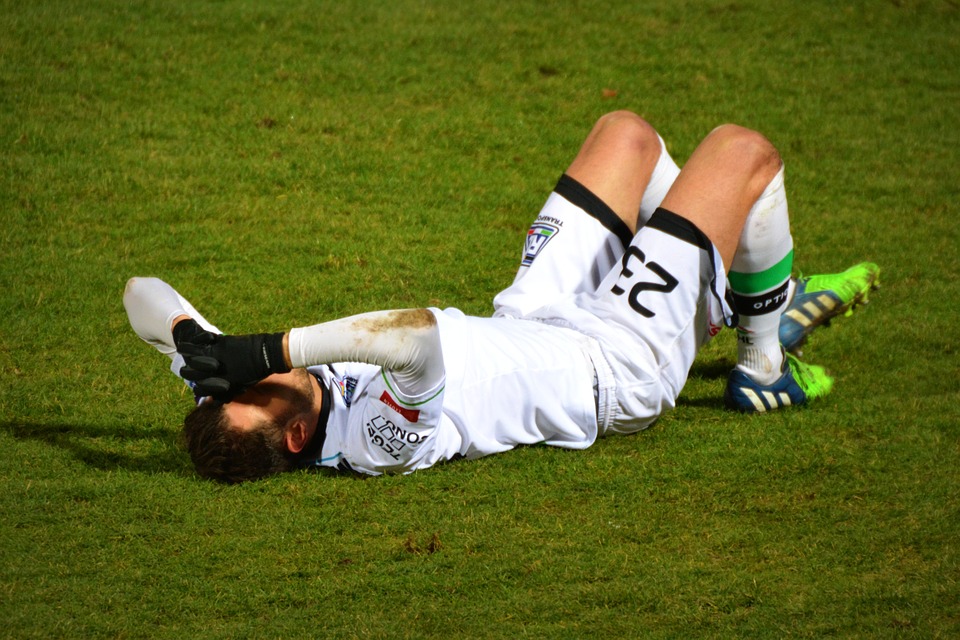As an Ayurveda doctor, I have noticed a recent increase in inquiries about managing sports injuries with Ayurveda. Well, sports medicine is quite a significant category of Allopathy, so it is not surprising that Ayurveda practitioners like me have been receiving queries about possible options in treating sports injuries. Although Ayurveda does not include a specific category for sports medicine, this ancient practice was extensively used for treating warriors, maintaining their health and focusing their minds to be ready for immediate action. Ayurveda was also the main source of treatment for war injuries. Hence, by extrapolation, Ayurveda is indeed a great option to look at for sports injury management – especially for the musculoskeletal system.
Sports injury and the musculoskeletal system
Bones, ligaments, tendons, and muscles are the common culprits in most sports injuries. So the focus of this blog post is on these types of injuries. Sports injuries can be acute, as a result of a sudden injury, commonly leading to sprains, fractures, and ligament tears. However, some injuries happen over time. Chronic wear and tear of the musculoskeletal system can result from the extensive use of specific parts of the body or by ignoring a deep musculoskeletal injury. Accordingly, the Ayurveda approach to treatment will also vary depending on the nature of the injury – whether it is acute or chronic.
Some of the common sports injuries that can be managed through Ayurveda are fractures to head, shoulder, arms, or anywhere in the body; inflammation of tissues; joint pain; back injuries from slip disc to sciatica; injuries to the wrist, elbow, fingers, ankle, and foot; complications to the knees; and hamstring and quadriceps injuries.
Ayurveda can also help in complete detoxification and rejuvenation of the musculoskeletal system.
Ayurveda for managing sports injuries
Managing sports injuries through Ayurveda involves taking a holistic approach rather than just symptomatic treatment. The treatment also ensures that the vata-pitha-kapha balance of the body is regained, eliminating Ama from the body. It packages internal medicine, pain relief, packs, steam, case-based massages, physiotherapy, detoxification, diet, case-based exercise, lifestyle changes, rest, and rejuvenation.
In case of acute injuries, the focus is on managing the inflammation and pain and to regain the lost activity of the affected area. Of course, the important step is to accurately identify the type of injury. Ayurveda has detailed assessment procedures to determine the exact location and nature of injuries, which helps in quickly determining the treatment options.
In case of chronic injuries, prevention becomes as important as the cure; hence lifestyle changes and treating the overall person, not just the specific site of concern, becomes relevant.
General treatment approach
In general, the following treatment options are what your Ayurveda doctor would choose from in case of sports injuries
- Internal medicines: Ayurvedic herbal formulations have a wide range of effects, from healing injuries to relieving pain. Injury-specific medications can help rebuild tissues, bones, cartilages, etc., and help in complete rejuvenation.
- Subtle massages with antiinflammatory natural oils can help with pain relief.
- Applying pressure in core focal points of the body (marmas) provide relief from joint pain and muscular strain. This also improves circulation to these parts of the body. The process involves applying a lepa of medicinal herbs at the site of injury. After some time, a pressure is applied at specific points of the body.
- Bandaging specific parts of the body is a great option to manage fractures or injuries where maintaining immobility is critical for a cure.
- Diet: Managing diet is critical to recovering completely from sports injuries – this involves avoiding salty and heavy food, as well as sugar and citrus food, but increasing the intake of whole grain bread and cereals, proteins including meat and legumes, and food that enable tissue growth.
- Of course, as the musculoskeletal injury heals, monitored physiotherapy sessions, yogasana, and detoxification helps complete recovery.
Thus, although Ayurveda doesn’t have a category for sports medicine, it has the required artillery to defeat sports injuries. But select an expert Ayurveda doctor who can accurately identify the condition and choose the right treatment option.


